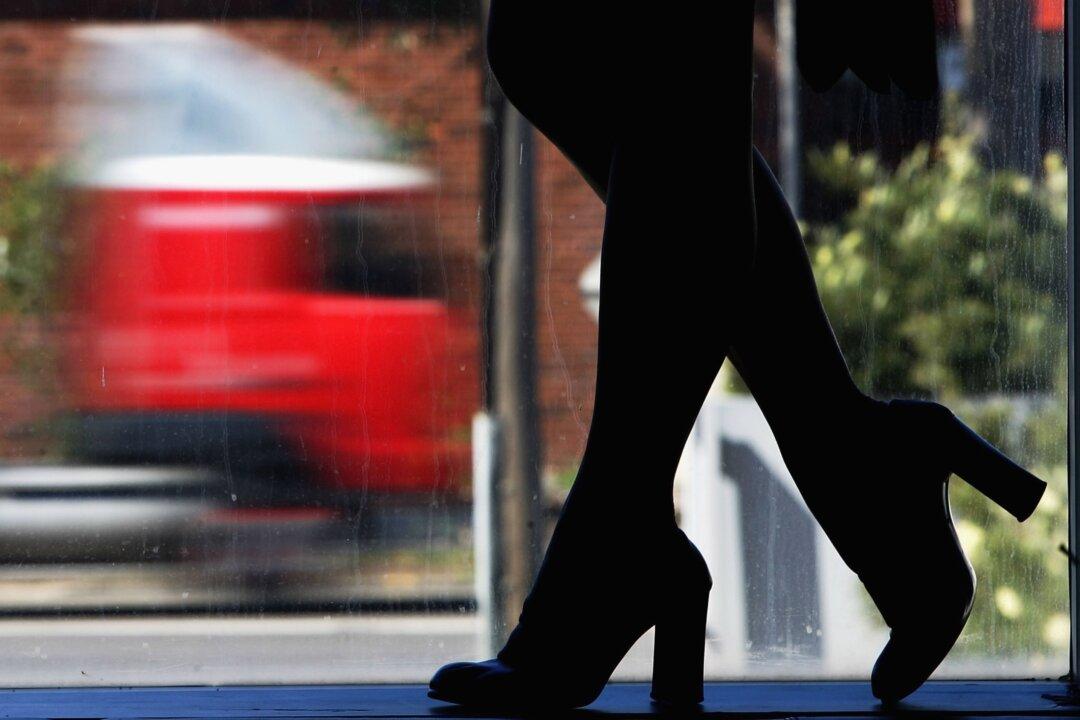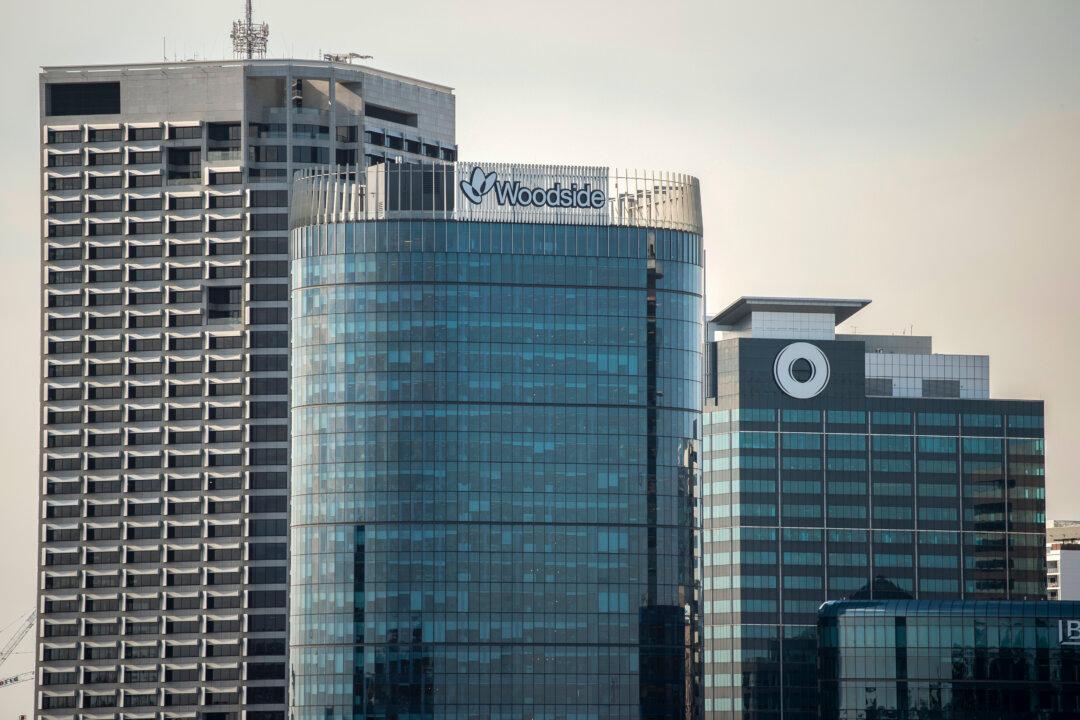Australian job advertising has slowed down after reaching record highs earlier in 2022. However, the current trend shows that demand for workers still remains robust.
ANZ senior economist Catherine Birch said since job ads numbers in May were close to the peak observed in March, the unsatisfied demand for labour in the job market was still significant.
“Australia’s labour market is not as tight as in some other economies,” she said.
“While population growth has started to recover and the unemployment rate has dropped to a 48-year low of 3.9 per cent, there is a substantial pool of domestic labour supply that employers are still not utilising.”

A strong labour market and rising inflation pressures are expected to be the main focus of the Reserve Bank of Australia’s (RBA) board meeting on June 7.
Economists expected the RBA to raise the cash rate by a further 0.5 percent in June, following the 0.25 percent hike in the prior month.
The research also revealed that a third of respondents were looking to cut down on costs by changing to cheaper utilities and services providers.
Meanwhile, the financial comparison website Finder said that if the RBA increased the cash rate to 0.75 percent from the current 0.35 percent as some economists predicted, a homeowner with a $600,000 (US$439,000) loan would have to pay an additional $126 a month or $1,500 a year.





